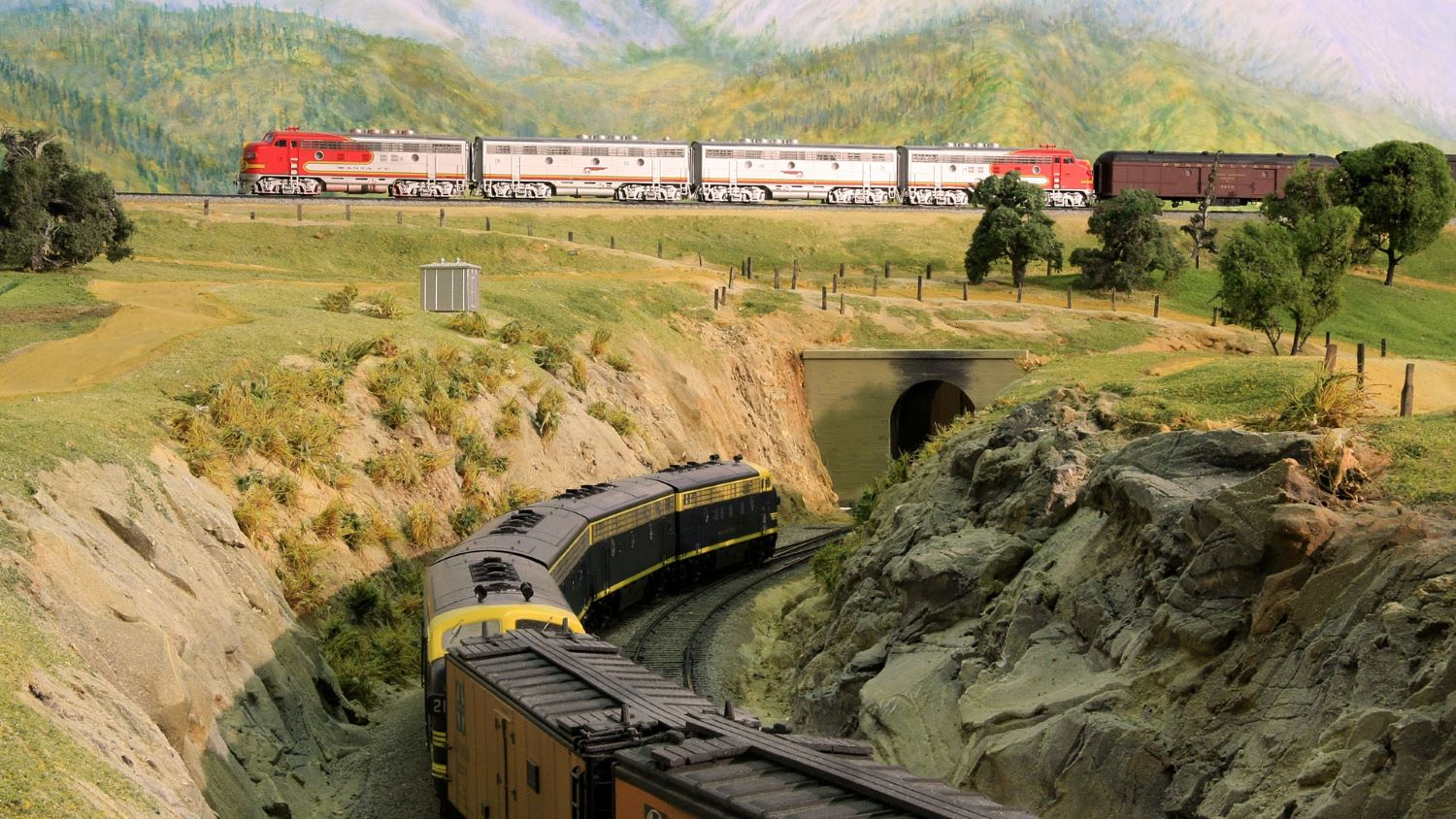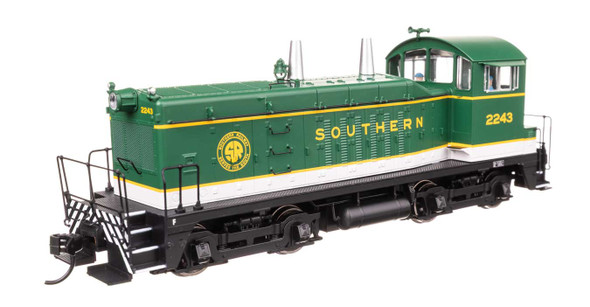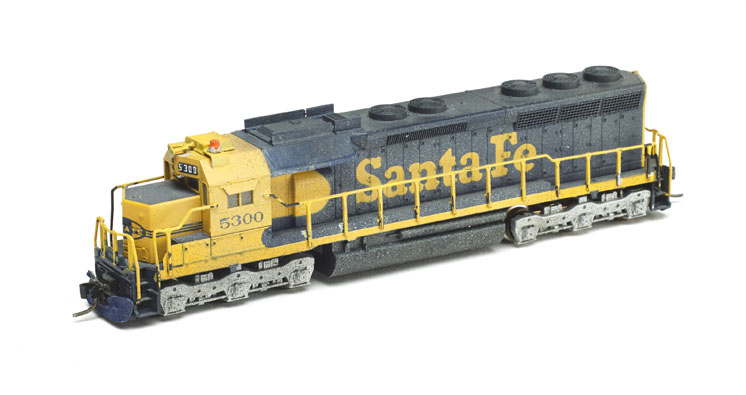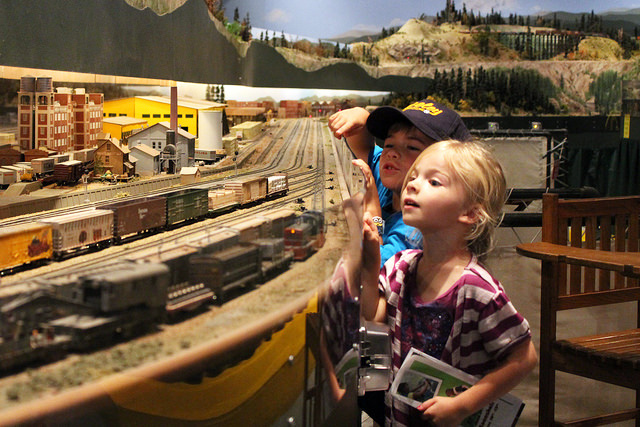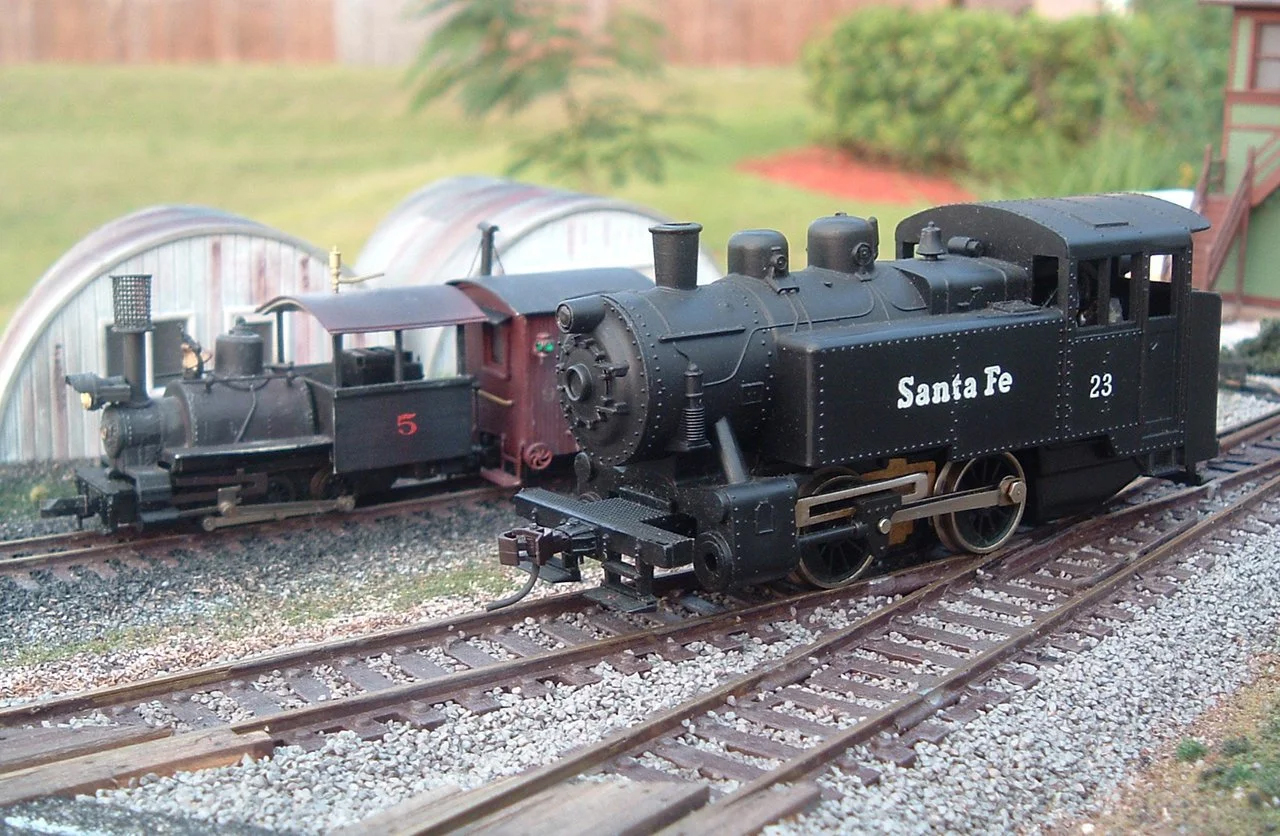If you’re someone who loves model trains, chances are you’ve flipped through Model Railroad Hobbyist at least once. The recent feature on Huntingdon Northern stopped me mid-page. There’s something about this layout that makes you pause and really look. It’s not just the trains or the tracks. It’s the way the whole scene feels like you could step right into it.
The first thing that caught my eye was how real it looks. The buildings look old in just the right way — paint chipped, roofs patched. The track isn’t spotless either, which somehow makes it perfect. The weathering, the small details, the faded signs — it all blends to tell you this is a working line that’s been around for a while. You don’t just see a model; you see a story.
Even if you don’t know much about the real Huntingdon Northern, this layout draws you in. The photos make you feel like you’re standing trackside, waiting for the next freight to roll through. And that’s exactly what good modeling does — it makes you feel something.
The Builder’s Connection
Reading the article, I liked how the builder — let’s call him Dan — tied his own memories into the scene. He didn’t build this layout because it was trendy. He did it because it mattered to him. Dan grew up near the original line. He’d watch the trains rumble by as a kid. He remembers the old stations, the small yards, the empty sidings. Those pieces of his past are tucked into every corner.
One section shows a tiny station that looks worn but not abandoned. It’s the kind of place where you imagine people still gather to chat. There’s an old water tower next to it, rust creeping down the sides. The way Dan talks about it in the piece, you can tell this wasn’t just about building a railroad — it was about capturing a piece of his own life.
Layouts like this stand out because they’re personal. It’s not just track and scenery. It’s someone’s memories frozen in miniature. That’s what makes people pause and stare a little longer.
Details That Tell Stories
What really sold me on Huntingdon Northern are the small scenes hidden throughout. It’s easy to focus on the trains and overlook what’s happening just off the track. But Dan made sure you’d find something every time you looked closer.
There’s a fence with an old mailbox leaning to one side. A dog lying next to a shed. A group of kids perched on a platform edge. These touches give the layout life. They remind you that railroads aren’t just steel and engines — they’re about people too.
Another highlight is the scenery work. The trees aren’t perfect lollipops. Some are bare, some bent. The ground is a mix of gravel, weeds, and patches of grass that look like they’ve fought to grow between the rails. It’s messy in a beautiful way — the kind of real-world imperfection that makes the whole thing believable.
Bringing It To Life
One thing Model Railroad Hobbyist did well was showing how this isn’t just a static display. Huntingdon Northern runs like a real railroad. The switches work smoothly, the signals light up, and the engines pull long cuts of cars through tight turns without a hiccup.
Dan’s wiring work and clean track joints prove he knows what he’s doing. But he doesn’t keep it all to himself. The article shares how he did it — from how he laid the track to how he weathered the cars to look used but not forgotten. It’s a nice balance of eye candy and practical advice.
For modelers who dream of building something similar, this story is encouraging. You see that it’s possible to build a layout that looks good and runs well. And you don’t need a huge basement or a giant budget. Just time, patience, and a bit of creativity.
Why This Feature Matters
Layouts like Huntingdon Northern remind us why this hobby sticks around. It’s not just about the trains — it’s about the stories we tell through them. When Model Railroad Hobbyist puts something like this on its pages, it inspires people to dust off their own projects or maybe start their first one.
After reading about Dan’s work, I felt like grabbing a piece of foam board and laying a few feet of track myself. That’s what good features do — they don’t just show you what’s possible; they make you want to try.
If you’re curious, grab the latest issue and take a look. Spend a few minutes getting lost in the details. Then go find that half-finished box of track you’ve been meaning to get back to. Maybe there’s a little piece of your own past waiting to come to life on your layout too.

